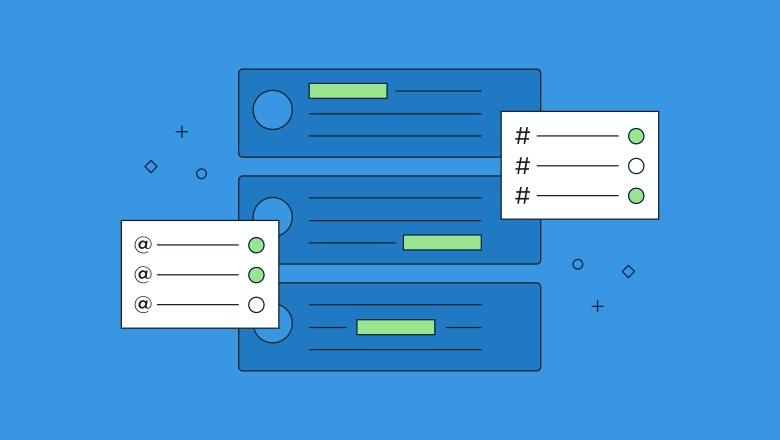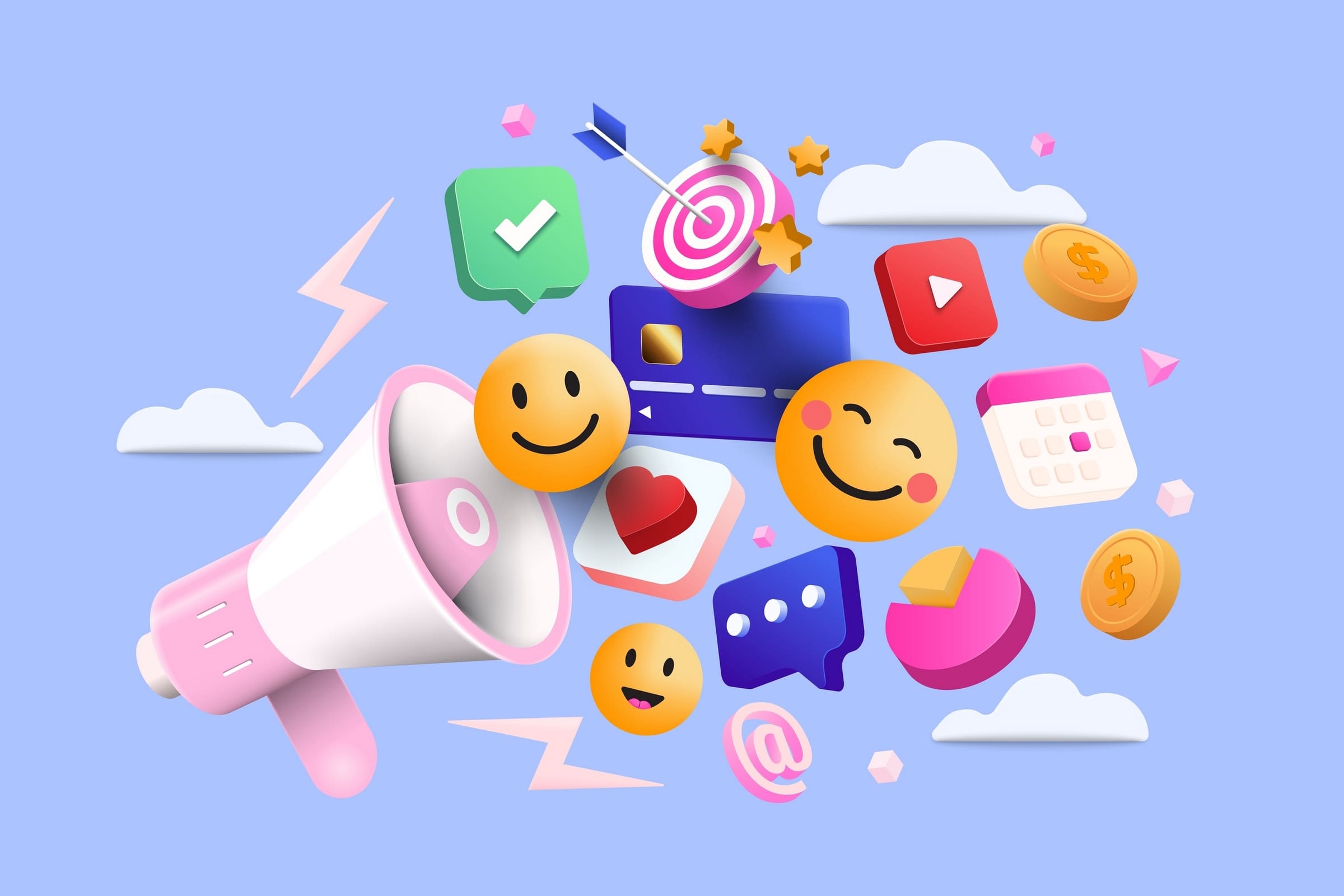In today’s digital age, social media is the heartbeat of brand communication and customer engagement. Every tweet, post, and comment has the potential to elevate or tarnish a brand’s image. This is where brand social media monitoring comes into play. But what exactly is social media monitoring, and why is it so essential for brands? Let’s dive in and explore.
The Importance of Brand Social Media Monitoring

Social media has transformed the way brands interact with their audience. It’s no longer just about broadcasting messages; it’s about creating conversations and building relationships. Brands can gain valuable insights, drive engagement, and even influence purchasing decisions through effective social media strategies.
What is Social Media Monitoring?
Brand social media monitoring involves tracking, analyzing, and responding to conversations about your brand on social media platforms. It’s about keeping an ear to the ground to understand what people are saying, whether it’s positive, negative, or neutral. This ongoing process helps brands stay informed and agile in a fast-paced digital landscape.
Why Social Media Monitoring is Crucial
1. Understanding Customer Sentiment
Knowing how customers feel about your brand is invaluable. Social media monitoring allows you to gauge customer sentiment and adjust your strategies accordingly. Are your customers happy with your latest product? Are there recurring complaints? Understanding these sentiments helps in making informed decisions.
2. Managing Brand Reputation
In the age of viral content, a single negative comment can spiral out of control. Monitoring social media helps you catch and address issues before they escalate. It’s about being proactive rather than reactive, ensuring your brand maintains a positive image.
3. Identifying Opportunities and Threats
Social media is a goldmine of opportunities and threats. By monitoring conversations, you can identify potential business opportunities, like emerging trends or unmet customer needs. Conversely, you can also spot potential threats, such as PR crises or negative trends, and take action to mitigate them.
Key Components of Media Monitoring
1. Listening vs. Monitoring
Though often used interchangeably, social media listening and monitoring are slightly different. Listening involves analyzing data to understand the broader picture, while monitoring focuses on tracking specific metrics and keywords. Both are crucial for a comprehensive strategy.
2. Sentiment Analysis
Sentiment analysis involves assessing the tone of social media conversations. Are people speaking positively or negatively about your brand? Tools that analyze sentiment can provide a snapshot of how your audience feels and help guide your response strategy.
3. Engagement Tracking
Engagement metrics such as likes, shares, comments, and mentions are key indicators of how well your content resonates with your audience. Tracking these metrics helps you understand what type of content works best and how to engage more effectively.
3. Competitor Analysis
Keeping an eye on your competitors is essential. By monitoring their social media activities, you can glean insights into their strategies, strengths, and weaknesses. This information can inform your own strategies and help you stay ahead in the market.
Social Media Monitoring Tools
1. Free Tools
There are several free tools available for brands just starting out with social media monitoring. Tools like Google Alerts, Hootsuite, and TweetDeck offer basic monitoring capabilities that can help you keep track of mentions and keywords.
2. Paid Tools
For more comprehensive monitoring, paid tools like AIM Insights, Brandwatch, and Mention offer advanced features such as detailed analytics, sentiment analysis, and competitor tracking. These tools are ideal for brands looking to take their monitoring to the next level.
3. Features to Look For
When choosing a social media monitoring tool, look for features such as real-time alerts, sentiment analysis, comprehensive reporting, and multi-platform support. These features ensure you get a holistic view of your brand’s social media presence.
How to Set Up Media Monitoring
1. Define Your Goals
Before diving into social media monitoring, it’s crucial to define your goals. Are you looking to improve customer service, boost engagement, or protect your brand’s reputation? Clear goals will guide your monitoring strategy and help measure success.
2. Choose the Right Platforms
Not all social media platforms will be relevant to your brand. Identify where your audience is most active and focus your monitoring efforts there. Whether it’s Twitter, Instagram, Facebook, or LinkedIn, each platform offers unique insights.
3. Set Up Alerts and Notifications
Set up alerts and notifications for your brand’s keywords, competitors, and industry terms. This ensures you stay informed in real-time and can respond promptly to any significant conversations or mentions.
Best Practices for Media Monitoring
1. Regularly Review Your Strategy
Social media is dynamic, and so should be your monitoring strategy. Regularly review and adjust your approach based on the data and insights you gather. This ensures your strategy remains effective and relevant.
2. Engage with Your Audience
Monitoring isn’t just about listening; it’s about engaging. Respond to comments, address concerns, and thank customers for their positive feedback. This builds a stronger relationship with your audience and enhances your brand’s image.
3. Measure and Analyze Results
Use the data from your social media monitoring to measure and analyze results. Identify what’s working, what’s not, and make data-driven decisions to improve your strategy. Metrics such as engagement rates, sentiment scores, and reach are valuable indicators.
Common Challenges and How to Overcome Them
1. Dealing with Negative Feedback
Negative feedback is inevitable, but how you handle it makes all the difference. Respond promptly, acknowledge the issue, and offer a solution. Turning a negative experience into a positive one can win customer loyalty.
2. Information Overload
With the vast amount of data on social media, it’s easy to feel overwhelmed. Use tools to filter and prioritize information based on relevance and importance. Focus on the metrics and conversations that matter most to your goals.
3. Ensuring Consistent Monitoring
Consistency is key to effective brand social media monitoring. Ensure your team is trained and equipped to monitor regularly. Automated tools can also help maintain consistency by providing real-time alerts and scheduled reports.
Future Trends
1. Emerging Trends
As social media evolves, new trends emerge. From the rise of ephemeral content to the increasing importance of video, staying on top of these trends ensures your brand remains relevant and engaging.
2. The Role of AI and Machine Learning
AI and machine learning are revolutionizing social media monitoring. These technologies enable more accurate sentiment analysis, predictive analytics, and automated responses, making monitoring more efficient and insightful.
Conclusion
Social media monitoring is no longer optional for brands; it’s a necessity. By understanding and leveraging the power of social media monitoring, brands can enhance customer satisfaction, protect their reputation, and seize new opportunities. Stay proactive, engage with your audience, and continuously refine your strategy to stay ahead in the ever-evolving digital landscape.
Ready to take your social media monitoring to the next level? Request a demo from AIM Technologies today and see how our advanced tools can help you stay ahead of the curve and make the most out of your social media presence.
FAQs
What is the difference between social media listening and monitoring?
- Social media listening involves analyzing conversations and trends to understand the broader sentiment and insights, while monitoring focuses on tracking specific metrics and mentions related to your brand.
How often should a brand monitor its social media?
- Brands should monitor their social media continuously. Real-time monitoring allows for immediate response to any issues or opportunities that arise.
What are the best tools for social media monitoring?
- Some of the best tools for social media monitoring include AIM Insights, Brandwatch, Mention, Hootsuite, and Google Alerts. Each offers unique features tailored to different monitoring needs.
How can social media monitoring improve customer service?
- Social media monitoring helps brands quickly identify and respond to customer queries and complaints, leading to improved customer satisfaction and loyalty.
What metrics are most important in social media monitoring?
- Key metrics include engagement rates, sentiment scores, reach, share of voice, and conversion rates. These metrics help assess the effectiveness of your social media strategy.




